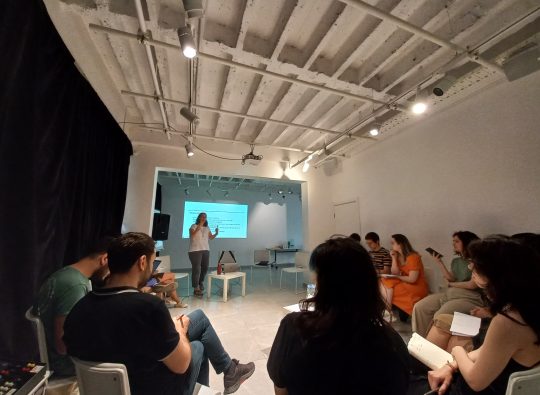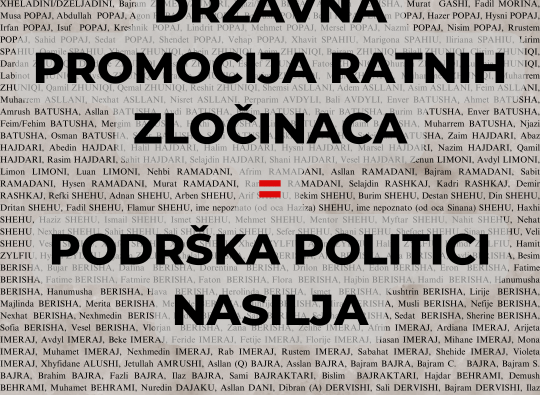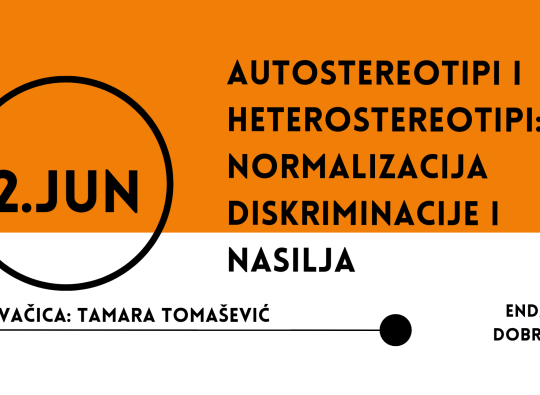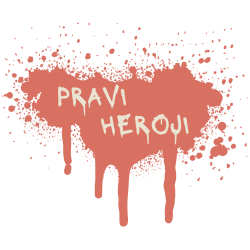The workshop was designed as a two-day educational event in which the participants had an opportunity to visit the places of crime, hear saved testimonies of survivors, learn the facts from court proceedings and watch documentaries about the persecution of the citizens of Serbia who were Croatian nationals.
On the first day of the workshop, November 29, the participants attended the lecture “Crimes against Civilians of Croatian Nationality” in which Marko Milosavljević, YIHR, presented facts based on the judgments of domestic courts and ICTY. After the lecture, the participants visited Begejci and Stajićevo, two places of captivity of Croatian civilians in the vicinity of Zrenjanin.
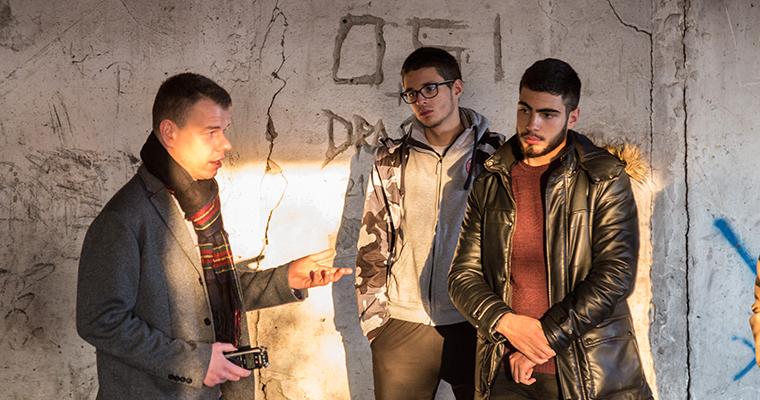
Let us remind you, a three-month battle for Vukovar ended with the entry of the Yugoslav People’s Army JNA and Serbian para-military units into Vukovar on November 18 1991. Part of the members of the Croatian National Guard and Croatian Interior Ministry, who did not decide to try to break through the hoop, started surrendering to JNA soldiers. Some of the Croatian prisoners were taken to the Ovčara farm and handed over to the members of the local Serbian Territorial Defence, who subsequently killed them. Veselin Šljivančanin, among others, was convicted of this crime. However, the other part of Croatian prisoners was transferred by busses to the camps on the territory of Serbia. The first camp was founded in Begejci (today Torak), a village in the municipality of Žitište, on October 1 1991. It was shut down on November 21 1991. During this period, around 750 Croats were kept in the camp, both the prisoners of war and Croatian nationals who were the citizens of Serbia.
The second camp was founded after the fall of Vukovar (November 18) in Stajićevo near Zrenjanin. It was operational until December 22 1991, when all the prisoners were transferred to the Sremska Mitrovica Prison. The International Criminal Tribunal for Former Yugoslavia states that there were 1700 prisoners in Stajićevo. The camp was located on the estate of former agricultural enterprise “Livade”, currently owned by the Zrenjanin oil manufacturer “Dijamant” and Croatian “Agrokor”. For these reasons, it is practically impossible today to approach buildings in which the prisoners were kept.
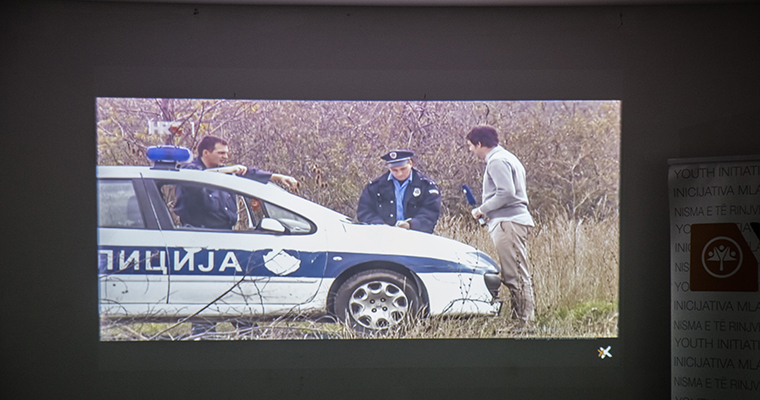
Having visited the places of captivity, the participants watched documentary titled “Unsuitable Citizens”, produced by Vojvodina Civic Centre, and talked with the authors, Jelena Dukarić and Željko Stanetić. The documentary is a sequel of the project of the same title, which involved many years of research into cases of intimidation and persecution of Croatian population from Vojvodina during the 1990s. The documentary contains intimate testimonies of individuals who were directly exposed to or witnessed physical and psychological abuse and pressure aimed at their moving out from Serbia; murder of the Oskomić–Tomić family in Kukujevci in 1993 and the persecution in Hrtkovci in 1991-1995.
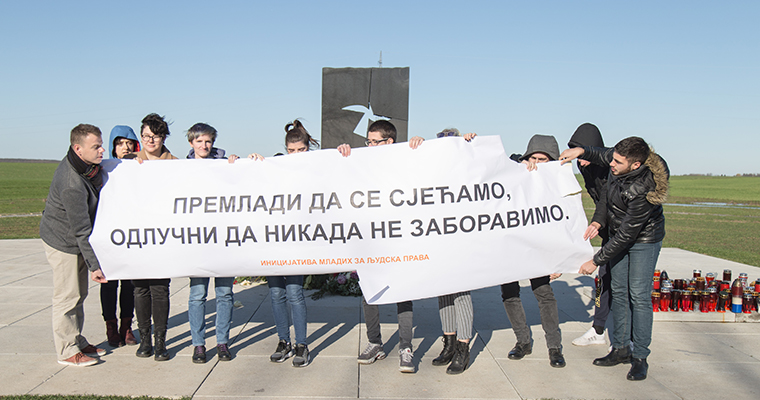
On the second day, the participants had an opportunity to visit Grabovo near Vukovar, the location of the Ovčara Memorial Centre. Let us remind you, right after conquering Vukovar, on November 20 1992, members of the Yugoslav People’s Army took the wounded and patients, civilians and members of Croatian armed forces out of the Vukovar hospital and transferred them to the warehouses at the Ovčara farm, some five kilometres southeast of Vukovar. From the moment of their coming to Ovčara, members of the Vukovar Territorial Defence and the “Leva supoderica” unit, composed mostly of the Serbian Radical Party volunteers, were beating, humiliating and abusing imprisoned Croats in front of the Yugoslav People’s Army military police.
In the evening, Yugoslav People’s Army withdrew from Ovčara, following the orders of Mile Mrkšić. Members of the Vukovar Territorial Defence and the “Leva supoderica” volunteer unit, in the night between November 20 and 21 1991, took the prisoners out of the warehouse and, in the groups of 10 to 20, brought them to Grabovo, were they were shot in front of the previously prepared mass grave. Besides wounded members of Croatian armed forces, civilians, women and children were also killed in Ovčara: Ružica Markobašić (32), in advanced pregnancy at the time, Janja Podhorski (60), Dragutin Balog (17) and Igor Kačić (16).
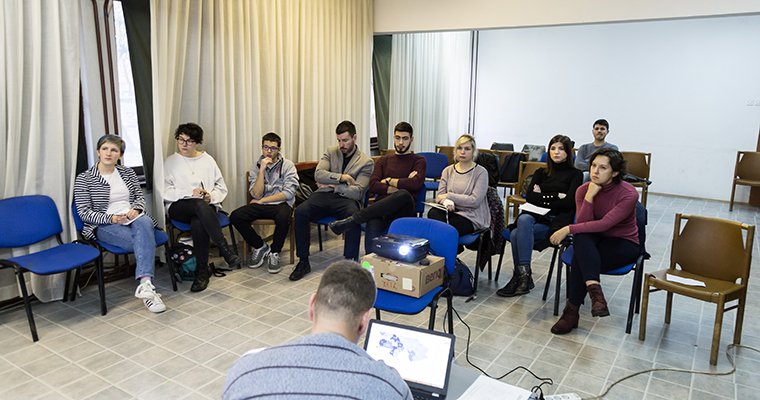
Two hundred bodies were exhumed from the mass grave at the locality of Grabovo and 193 victims were identified. Seventeen bodies were found in surrounding graves, while the bodies of several dozens of victims are still missing.
The International Criminal Tribunal for Former Yugoslavia (ICTY) convicted Yugoslav People’s Army Colonel Mile Mrkšić and Major Veselin Šljivančanin for the crime in Ovčara. Although the evidence presented before the ICTY unequivocally indicates that several officers and NCOs of the Yugoslav People’s Army are responsible for the events in Ovčara, the indictment of the Serbian War Crimes Prosecutor’s Office charges only direct executors of the crime. The Ovčara case is being prosecuted before the Serbian court for 14 years and only direct executors are indicted, in spite of clear indicators of involvement of the Yugoslav People’s Army commanding personnel, while the acting of the court can be characterised as negligent and superficial.


